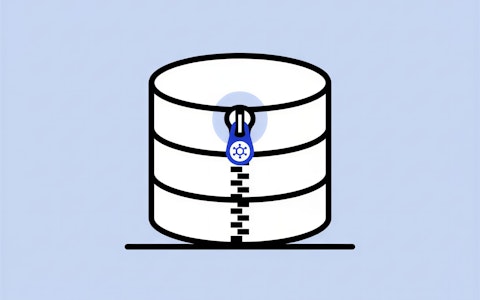New Work & Innovation — The Advice Process

We at smartive are constantly striving to improve ourselves as well as our work processes. With the concept of New Work we found a holistic view of the company which is in line with our principles.
««Extraordinary things begin to happen when we dare to bring all of who we are to work.»»Frederic Laloux, Reinventing Organizations
Today I would like to reflect on how we have fostered innovation and independent entrepreneurship throughout the company.
New Work
The concept of New Work focuses on the purpose of work and has become the generic term for the transformation of the workplace. It combines topics such as working time and work place flexibilization and questions traditional structures and processes.
««The concept of New Work describes the new way of working of today’s society in the global and digital age.»»Wikipedia
We at smartive embody various aspects of the New Work idea. We put people at the heart of everything and think of the company as a living system.
Thanks to the holistic perspective, everyone is able to make their own contribution. Through self-management, we are efficient and dynamic and benefit from the collective intelligence of all.
That is why we place our fullest trust in each individual. Each one of us has the opportunity to make decisions, to get engaged and to actively transform the company. Today I would like to take a closer look at this process for decision-making and innovation.
Advice Process
We don’t have any hierarchy nor any formal managers. So how do we make decisions? We truly believe that no one can make better decisions than the people involved in the problems itself.
So we don’t want to have any managers to make decisions for us but neither do we want to have to ask anyone in the company to make democratic decisions. That’s why we implemented the Advice Process:
«It’s very simple: in principle, any person in the organization can make any decision. But before doing so, that person must seek advice from all affected parties and people with expertise on the matter.»
So everyone who is affected by a problem or an opportunity will have the possibility to initiate a change. And because you are affected yourself, you will be responsible and therefore more motivated to initiate the necessary change.
««People have forgotten this truth,» the fox said. «But you mustn’t forget it. You become responsible forever for what you’ve tamed. You’re responsible for your rose.»»Antoine de Saint-Exupéry, The Little Prince
Procedure
Someone in the company notices a problem or an opportunity for improvement and takes the initiative or report it to someone more appropriate who is willing to take the initiative.
1. Formulate your intention
Make a point of what you want to do. Think about what you want to achieve and how you want to implement it. The goal is a clear formulation so that you can easily get feedback from others.
2. Obtain feedback
Before any decision is taken, feedback from your directly affected colleagues must be obtained.
Ask openly what they think of your idea and look for someone who is well experienced in the matter.If no one is directly affected by your decision and you are familiar with the matter, you don’t need to ask anyone.
The aim is to get the opinion of your colleagues and to get further perspectives or alternatives for the problem. Take the feedback seriously but decide for yourself what is important to you.
3. Make a Choice
Taking into account the advice of your colleagues, you decide on your action and inform those who have given you feedback.
It is not a question of creating a compromise that meets the wishes of all. It is about accessing the expertise of all to make a rational decision.
With all the advice and perspectives that this gives you, you should choose the best approach from your point of view.
Important to note is that no colleague — no matter how important — can tell you how to decide.
Transparency
By enabling everyone, many new ideas will arise and interesting opportunities will open up. Make sure that the ongoing processes are transparently communicated.
The larger the company, the more will run in parallel and at some point potentially more ideas than resources will be available to implement them.
dwarfs and Giants have an interesting approach integrated in the Holacracy setup. They propose a Focus Leader who is responsible for the facilitation of the decision process an prioritization of the ideas: Death by Too Many Great Ideas.
It is a process to align the ideas and decisions initiated by an Advice Process. First, they start with visualizing the initiatives and then prioritizing them in a collaborative manner by following the Kanban principles.
At the time of writing we did not yet implement the Focus Leader but are considering it for further improvement.
Conclusion
We have explicitly chosen to give all our team members the same opportunities — despite any structures, roles or positions. We fully trust each other to make smart, meaningful and sustainable decisions.
Our experience with the Advice process has been extremely positive, allowing us to tackle innovative projects, make fast decisions and eliminate formal managers.
How do you foster innovation and guidance at your company? We would be happy to discuss about any related topics and share experiences!

Geschrieben von
Thilo Haas





